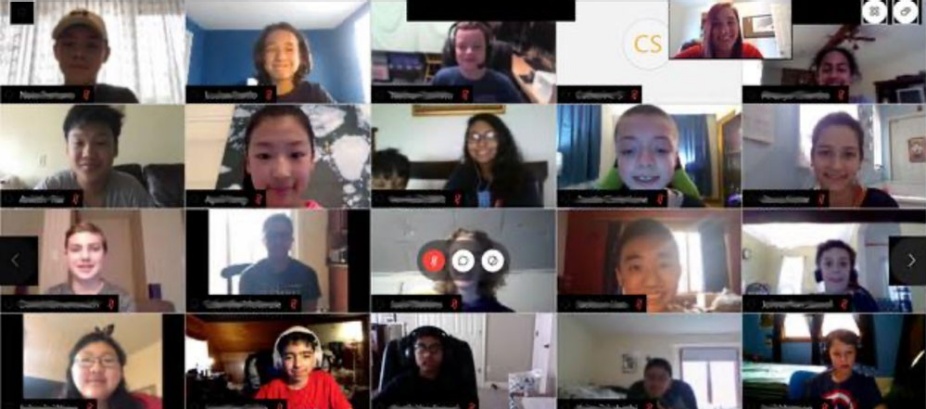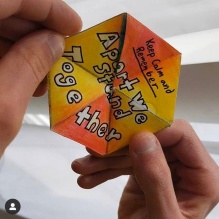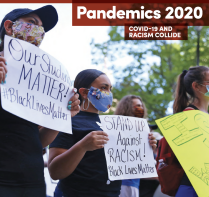
Math as a coping skill
Gifted Math Program navigates pandemic and finishes with new digital tools
BY MICHELLE KEARNS
Once campus closed and courses went virtual, Anne Izydorczak, administrator of UB’s Gifted Math Program, wasn’t sure how, or if, the program would carry on. With little notice, she, program co-director Harry O’Malley, 10 teachers and 11 UB student assistants had to figure out how to continue classes for 280 seventh through 12th graders used to traveling from schools all over Western New York for advanced math lessons in Baldy Hall. Once students were disconnected from their face-to-face meetings, would they keep coming virtually?
Izydorczak and the rest of her team scrambled. They did a quick training for the online video interface. They ordered Microsoft Surface Go tablets so teachers could write out math problems without a chalkboard. They found a good, free app for scanning and submitting homework. They had a practice day for students.
It worked.
“Our attendance was better than ever actually,” Izydorczak said.
There were surprises along the way, like Pi Day math challenges, which helped keep students interested in showing up online and
doing their homework. Families appreciated the “synchronous” class meetings at the same times every week.
Everyone was grateful for the routine. Math, it turns out, is a coping skill. “Think of how nice it is to occupy your mind with a puzzle,” said Izydorczak.

On Instagram, Gifted Math student Joseph Gavacs posts a picture of his math puzzle, a Pi Day assignment involving folding paper and a COVID-19 message—“Keep Calm and Remember: Apart We Stand Together.” (Photo courtesy Joseph Gavacs)
This fall Gifted Math began its 41st year, fortified by the lessons of the spring’s crash course in online learning and the summer break to evaluate and adapt. “It was like an experiment,” Izydorczak said.
The mission of the program is to offer advanced math challenges for students bored by traditional math. It will carry on virtually with new discoveries and adjustments: Weekly sessions for students who need extra help and parent meetings were much easier to arrange online. Adding in more quizzes and projects kept everyone on track.
Interactive project work with the Desmos, free math software tools, to encourage virtual collaboration and adds variety to teacher lessons.
“It’s not just about a problem for the kids to solve. It’s about them being able to talk with each other,” Izydorczak said. This interface gives a break to teachers. They were exhausted by the initial setup of online teaching, which had them talking more than usual. “We don’t want our teachers to be burned out.”
After the unexpected spring success, the 2020-2021 enrollment was stronger than expected: 270 students, only 10 students less than last year.
“We’re in great shape,” Izydorczak said. “They depend on us more than we knew.”
The story above is a feature on our Pandemics 2020 timeline:
At first, 2020 seemed like a straight-forward, normal year, new and full of promise.
At UB, research made news, enrollment grew.
Before spring broke, whatever we had in mind for 2020 changed.
